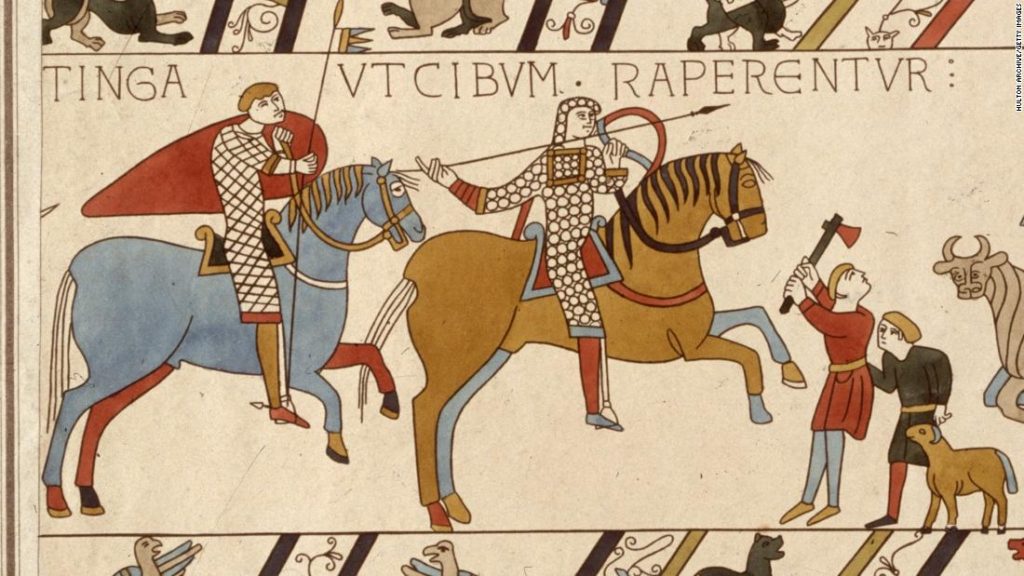Table of Contents
FICTION
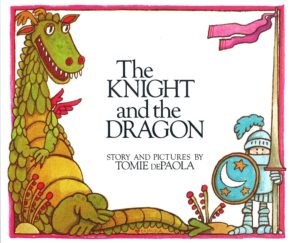 |
In Tomie DePaola’s The Knight and the Dragon (Puffin, 1998), a cluelessly innocent knight and dragon realize that they’re supposed to fight each other – so each resorts to how-to books, then to solitary practice. The dragon makes fearsome faces in the mirror and swishes his tail; the knight accumulates a stock of armor and weapons. The fight, which it’s clear nobody is enthusiastic about, is a flop; and the pair are saved by the arrival of a friendly medieval librarian with books that show them how to share their real talents. For ages 4-8. |
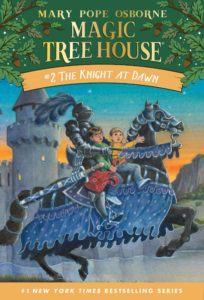 |
In Mary Pope Osborne’s The Knight at Dawn (Random House, 1993), second in the Magic Treehouse series, Jack and Annie travel to the Middle Ages, where they encounter a castle, a feast, and a moat full of crocodiles, narrowly escape being hanged, and ultimately meet a helpful knight in shining armor. For ages 6-9. |
| Also see Osborne’s Knights and Castles Fact Tracker (Random House, 2000), an illustrated 128-page non-fiction companion to The Knight at Dawn, filled with the real info on castle life. Included, for example, are accounts of castle architecture, medieval festivals and fairs, and medieval battles and sieges. | |
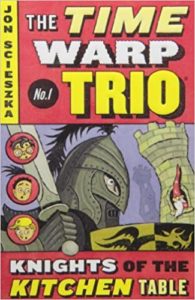 |
In the first of the books starring the slapstick Time Warp Trio, Jon Scieszka’s Knights of the Kitchen Table (Puffin, 2004), Joe is given a magical book as a birthday gift from his wizard uncle, and he and his two best friends are transported to King Arthur’s Britain, where they are disastrously mistaken for heroes. For ages 7-9. |
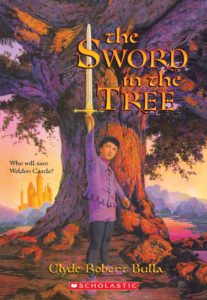 |
In Clyde Robert Bulla’s The Sword in the Tree (HarperCollins, 2000), young Shan and his mother, son and wife of Lord Weldon, are driven from their lands by Lionel, Lord Weldon’s unscrupulous brother. Shan hides his father’s sword in an old oak tree to keep it out of Lionel’s hands and heads for Camelot, to ask King Arthur himself for justice. For ages 7-12. |
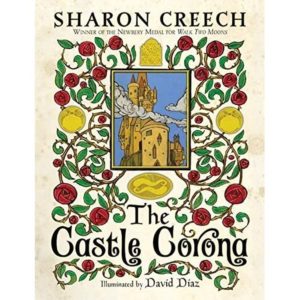 |
Sharon Creech’s The Castle Corona (HarperCollins, 2013) is a medieval fairytale, featuring Pia and Enzio, a pair of peasant children who have found a stolen pouch stamped with the king’s seal, King Guido and Queen Gabriella and family, who live in luxury in the glittering Castle Corona, and the king’s hermit advisor. By the end of the book, each – from their various stations in life – has come to understand the other a little better, and all ends “happily, most of the time.” For ages 8-12. |
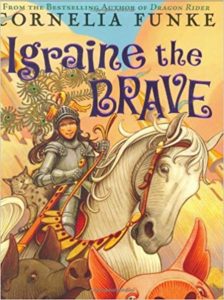 |
In Cornelia Funke’s Igraine the Brave (Chicken House, 2006), Igraine wants to be a knight like her famous great-grandfather. On her twelfth birthday, she’s given a magical suit of armor – which, disastrously, results in her parents being turned into pigs. Igraine and her brother are left to defend their castle from the evil Osmond the Greedy, protect their family’s horde of magic books, and deal with the pig spell. For ages 8-12. |
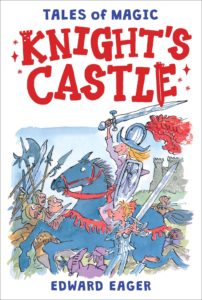 |
In Edward Eager’s Knight’s Castle (Houghton Mifflin Harcourt, 1999), four kids – via magic, a toy castle, and an army of toy soldiers – are transported back to the days of Ivanhoe. Much of it is tongue-in-cheek – for example, the kids can change events in the magical world by re-arranging and adding things to the castle in the real world – and the action doesn’t quite tie up as Sir Walter Scott had intended. A delightful read for ages 8-12. |
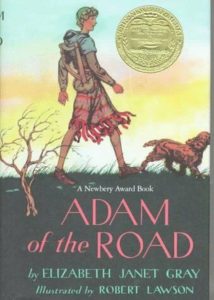 |
The Adam of Elizabeth Janet Gray’s Newbery-winning Adam of the Road (Puffin, 2006) is the son of Roger, a wandering minstrel; along with dog, Nick, the two travel through 13th-century England. Then Nick is stolen, Roger disappears, and Adam sets out to find them – which isn’t easy. For ages 8-12. |
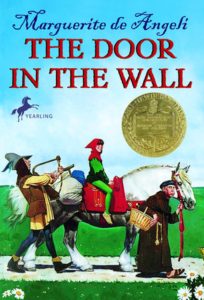 |
In Marguerite de Angeli’s The Door in the Wall (Yearling, 1990), originally published in 1949, young Robin had assumed that he would become a knight like his father – until an illness makes him unable to walk. His father is away at war, his mother is serving as lady-in-waiting to the queen, and – fearing the plague – the servants abandon Robin, leaving him helpless and alone. He is saved by kind Brother Luke from a nearby monastery, who teaches Robin to swim, to make and play a harp, and to find his “door in the wall” – that is, if you keep trying in the face of challenge, eventually you’ll find a way to succeed. Good book and great message for ages 8-12. |
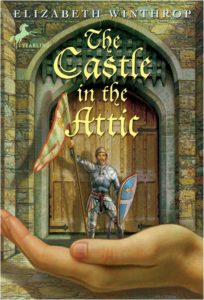 |
In Elizabeth Winthrop’s The Castle in the Attic (Yearling, 1994), William is given a gift of a wonderful model of a castle, guarded by a little silver knight, Sir Simon, said to be under a spell. Magically, William and Mrs. Philips, the housekeeper, enter the world of the castle where – after many adventures – William manages to defeat an evil wizard and get the pair of them home again. For ages 9-12. |
| In the sequel, The Battle for the Castle (1994), William and his best friend Jason return to the castle, this time to battle an army of demonic rats. | |
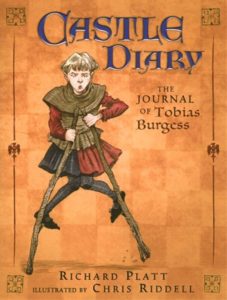 |
By Richard Platt, Castle Diary: The Journal of Tobias Burgess (Candlewick, 2003) is the (imaginary) 13th-century diary of eleven-year-old Tobias, a page, in which he describes everyday events and special occasions – a tournament, a visit from an earl. Illustrated. For ages 9-12. |
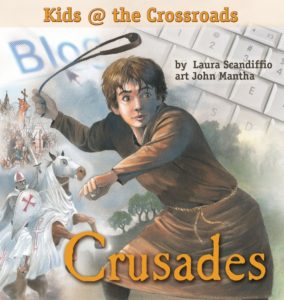 |
What if kids had kept blogs at different periods in history? Laura Scandiffio’s Crusades (Annick Press, 2009) is that of 12-year-old Hans, growing up in the Holy Roman Empire. For ages 9-12. (Great project: invent historical kids’ blogs of your own!) |
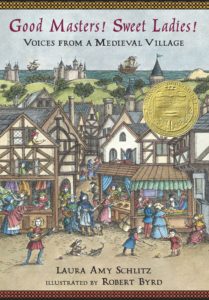 |
By Laura Amy Schlitz, Good Masters! Sweet Ladies! (Candlewick, 2011), set in 1255 and subtitled “Voices from a Medieval Village,” tells the story of 22 different medieval characters in short, wonderful vignettes – among them Hugo, the lord’s nephew, Mogg, the villein’s daughter, Simon, the knight’s son, Piers, the glassblower’s apprentice, and Giles, the beggar. Highly recommended. For ages 10 and up. |
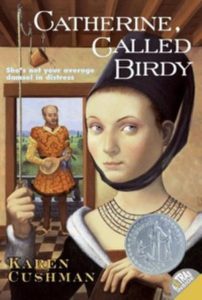 |
Karen Cushman’s Catherine Called Birdy (Houghton Mifflin Harcourt, 2012) is the irreverent diary of 14-year-old Catherine, a nobleman’s daughter and proto-feminist, unhappy with the suitors her father produces for her. The book begins “I am commanded to write an account of my days: I am bit by fleas and plagued by my family.” For ages 11 and up. |
| Other novels by Cushman set in the medieval period include The Midwife’s Apprentice (1995), Alchemy and Meggy Swann (2010), Will Sparrow’s Road (2012), and Matilda Bone (2000). | |
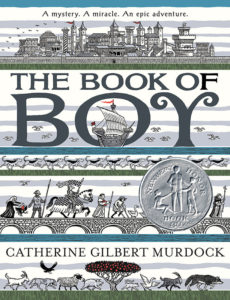 |
By Catherine Gilbert Murdock, The Book of Boy (Greenwillow, 2018) is the story of the strange hump-backed Boy who links up with a shadowy pilgrim named Secondus and ends up traveling across Europe, attempting to find (and steal) the seven precious relics of Saint Peter. Imaginative, unforgettable, and a multiple award-winner. For ages 9 and up. |
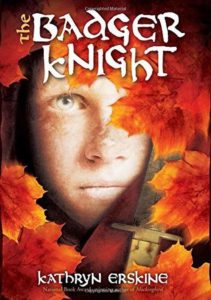 |
In Kathryn Erskine’s The Badger Knight (Scholastic, 2013), 13-year-old Adrian is both small for his age and an albino (“puny, sickly, and pale as milk”) – but nonetheless, even though his father wants him to become a scribe, Adrian wants to be an archer. When the Scots invade England, Adrian runs away to join his best friend Hugh – and finds that war is not as simple or as straightforward as he had believed. A coming of age story for ages 10-13. |
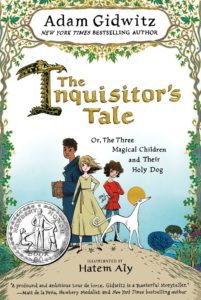 |
In Adam Gidwitz’s The Inquisitor’s Tale (Puffin, 2018), travelers gather at an inn in France one night in 1242 to hear the tales of three magical children. A richly researched adventure for ages 11 and up. |
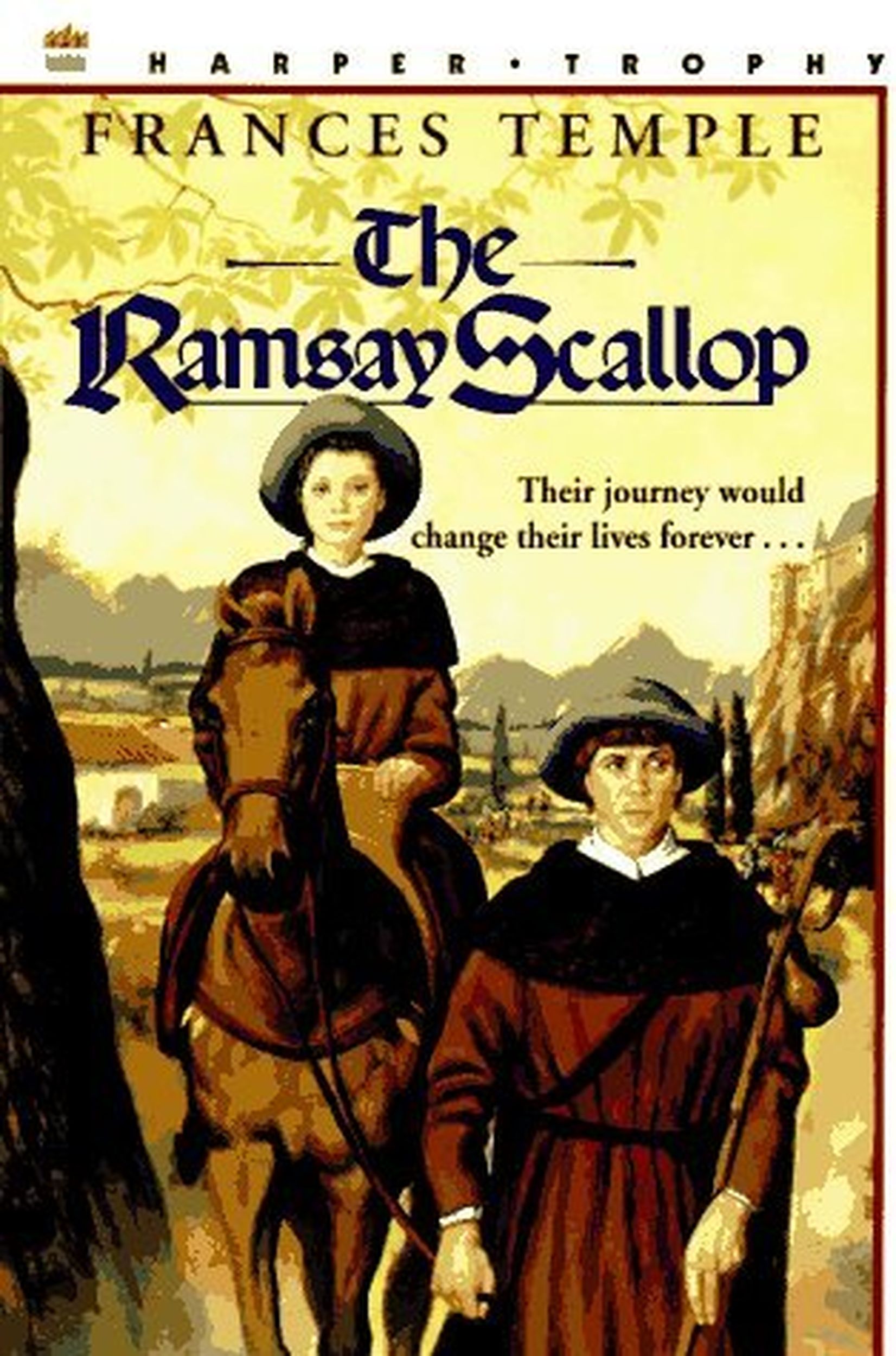 |
In Frances Temple’s The Ramsay Scallop (HarperCollins, 1995), set in 1299, 14-year-old Eleanor is dismayed at the prospect of marriage to her betrothed, Thomas, newly returned from eight years of fighting in the Crusades. The wise town priest sends the pair on a pilgrimage to Spain, an eye-opening experience during which – through meeting many different people – they learn about the wider world, themselves, and their feelings for each other. For ages 11-14. |
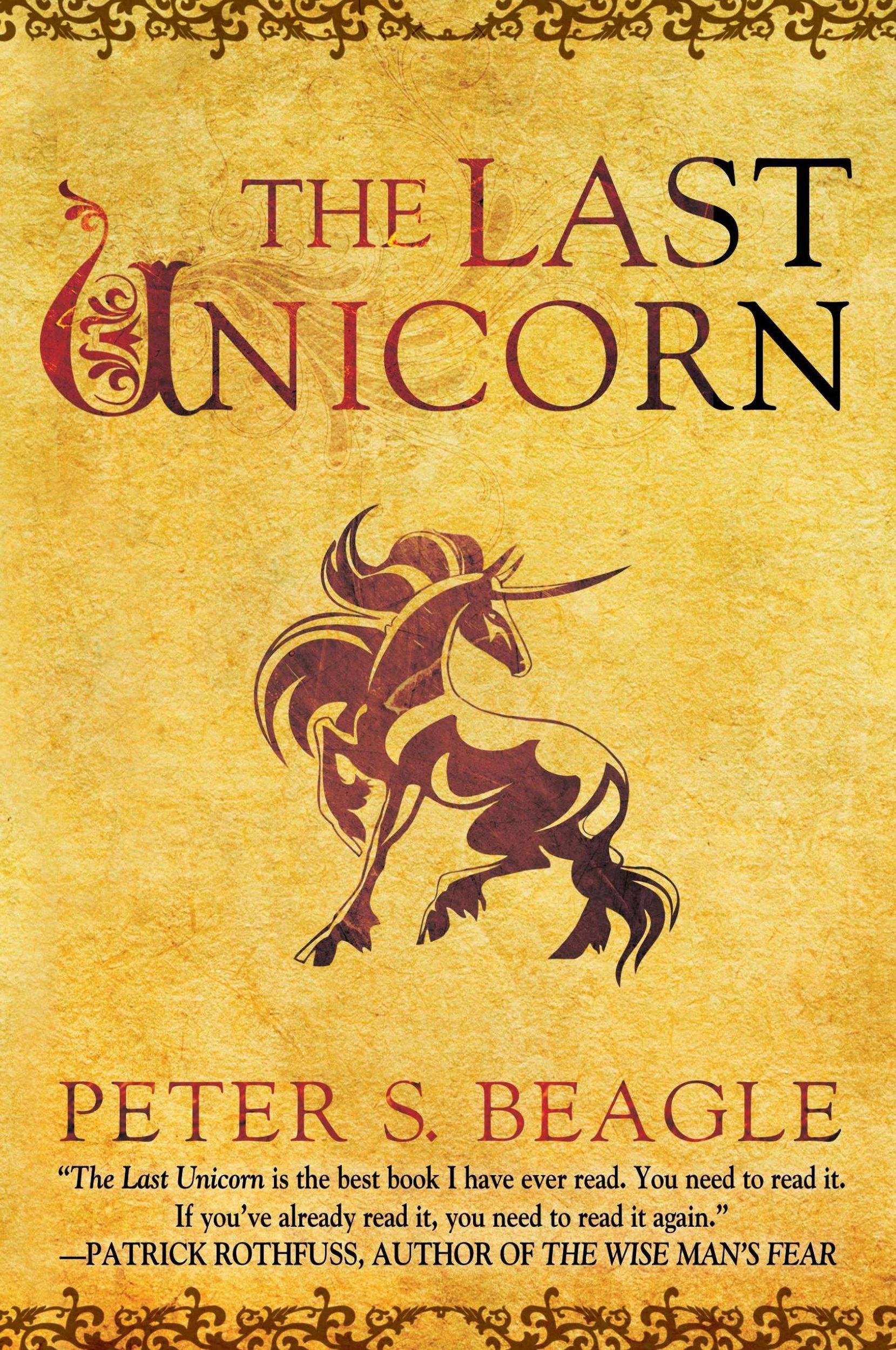 |
Peter S. Beagle’s The Last Unicorn (Roc, 1991) is an enchanting fantasy in which the unicorn who lives in a lilac wood is the last of her kind in the world. She sets off in search of others, in company with Schmendrick, an inept magician, and the cynical, but still believing, Molly Grue; ultimately the three have to confront the cruel King Haggard and the fearsome Red Bull. And, of course, rescue the unicorns. For ages 12 and up. |
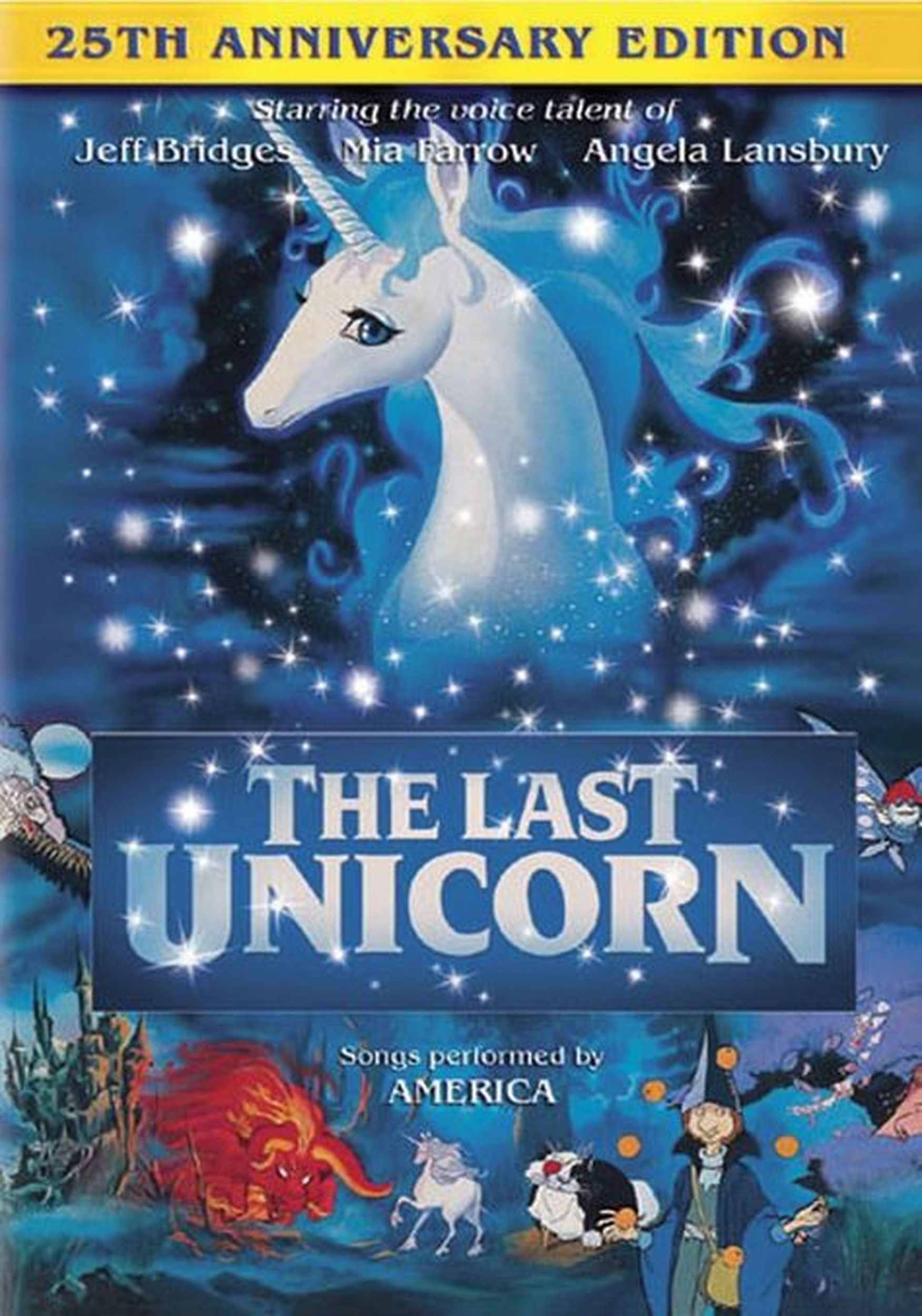 |
The Last Unicorn (1982) is a well-done animated film based on the book with Mia Farrow as the voice of the unicorn, Tammy Grimes as Molly Grue, and Alan Arkin as Schmendrick. Rated G. |
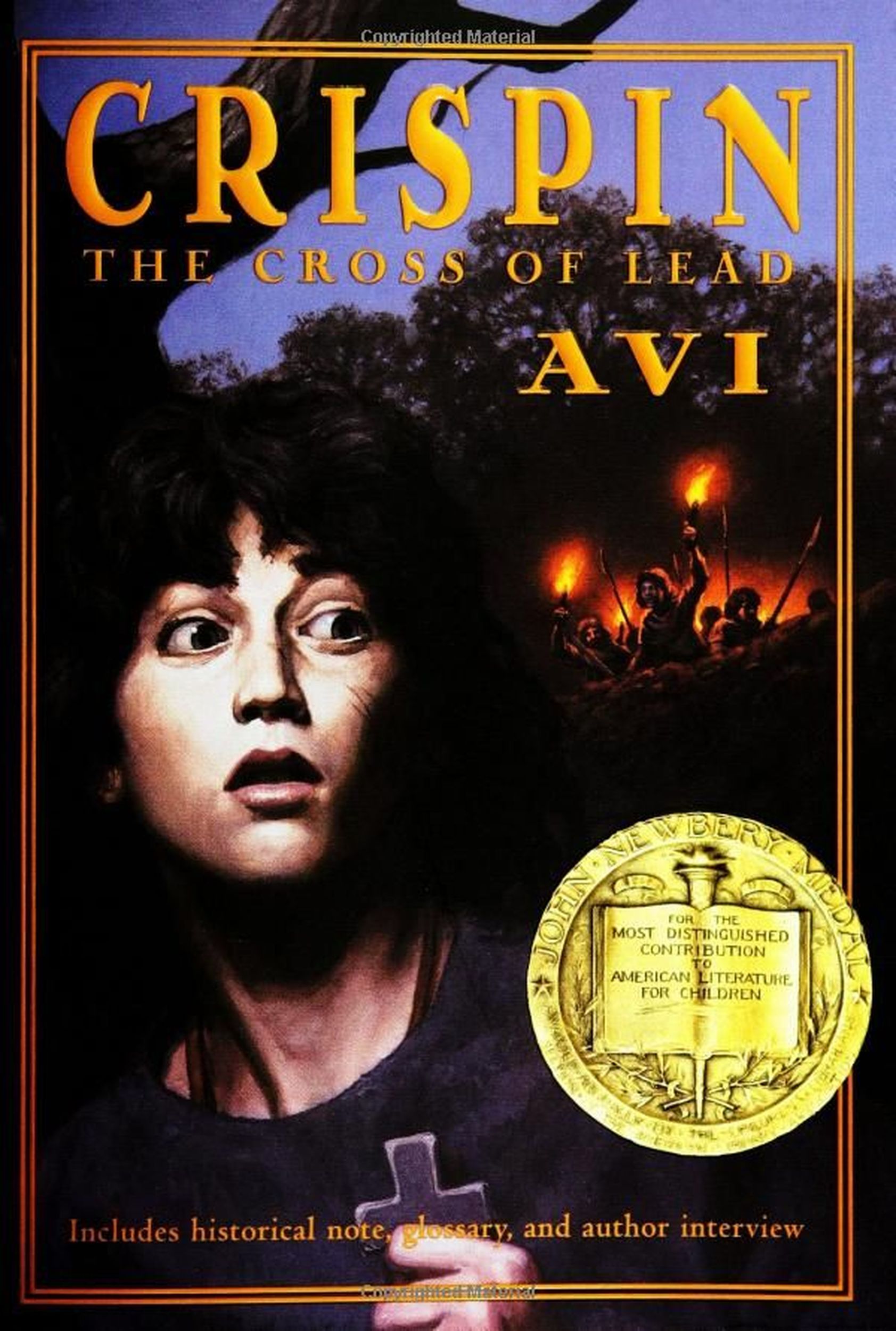 |
In Avi’s Newbery winner Crispin: The Cross of Lead (Disney-Hyperion, 2004), set in 14th-century England, Crispin – wrongly accused of theft by the corrupt manor steward – is forced to flee, taking with him only an engraved lead cross that belonged to his mother. Then he links up with Orson Hrothgar, a traveling juggler known as Bear, who gradually encourages Crispin to think for himself, and helps protect Crispin from his pursuers. Eventually Crispin, in turn, is able to save Bear – and to find out who he really is. The first of a trilogy for ages 12 and up. |
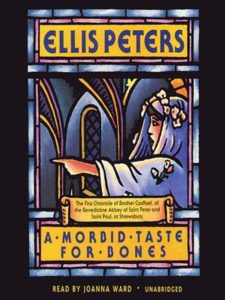 |
Ellis Peters’s Brother Cadfael mystery series is set in the 12th century, at a time of civil war in England between rival claimants to the throne. Brother Cadfael, monk, herbalist, and veteran of the Crusades, has a dry sense of humor and a knack for solving mysteries. Book one of the series is A Morbid Taste for Bones (Grand Central Publishing, 1994). Fun reads for ages 13 and up. |
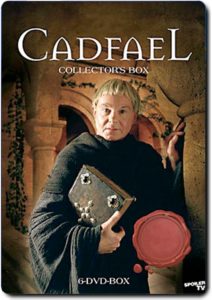 |
Cadfael (1994-1996) is a 13-episode TV series, starring Derek Jacobi as Brother Cadfael. |
